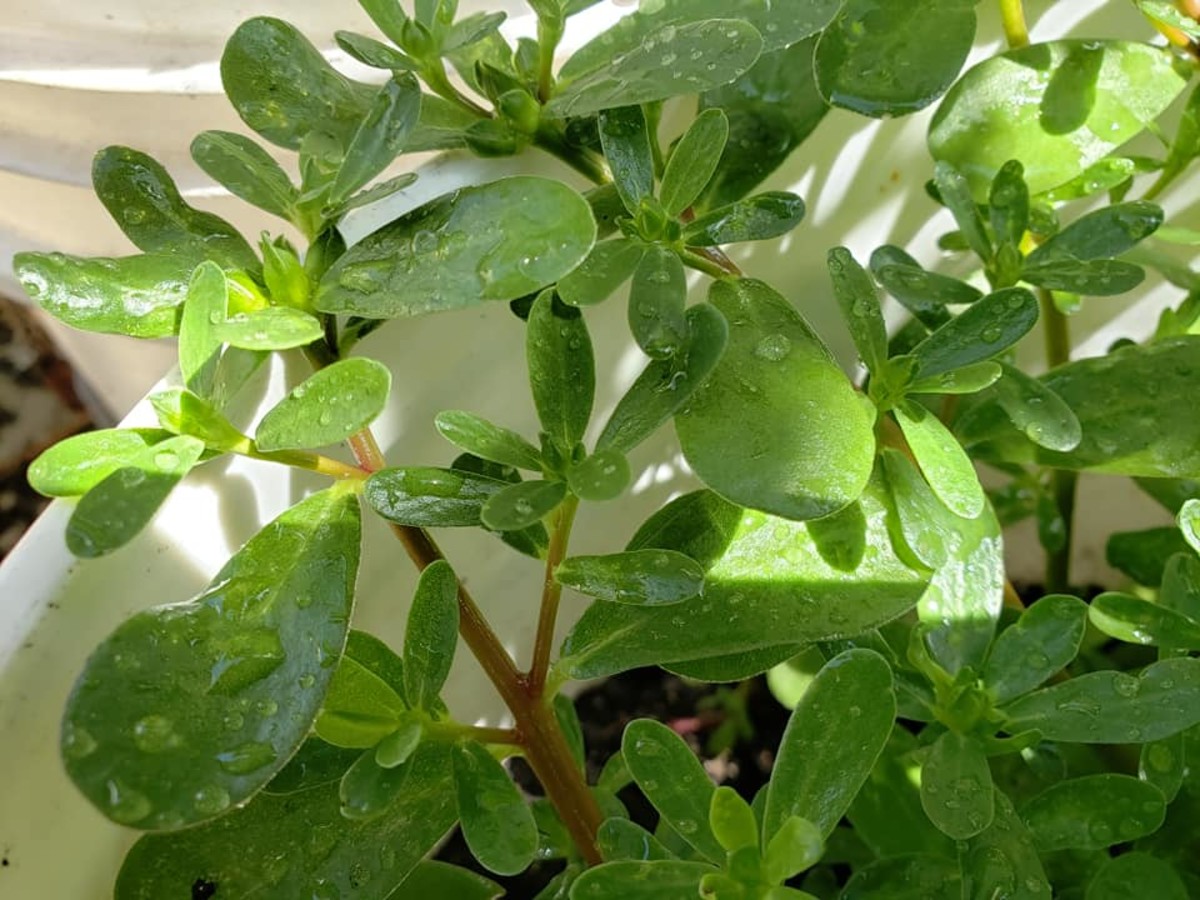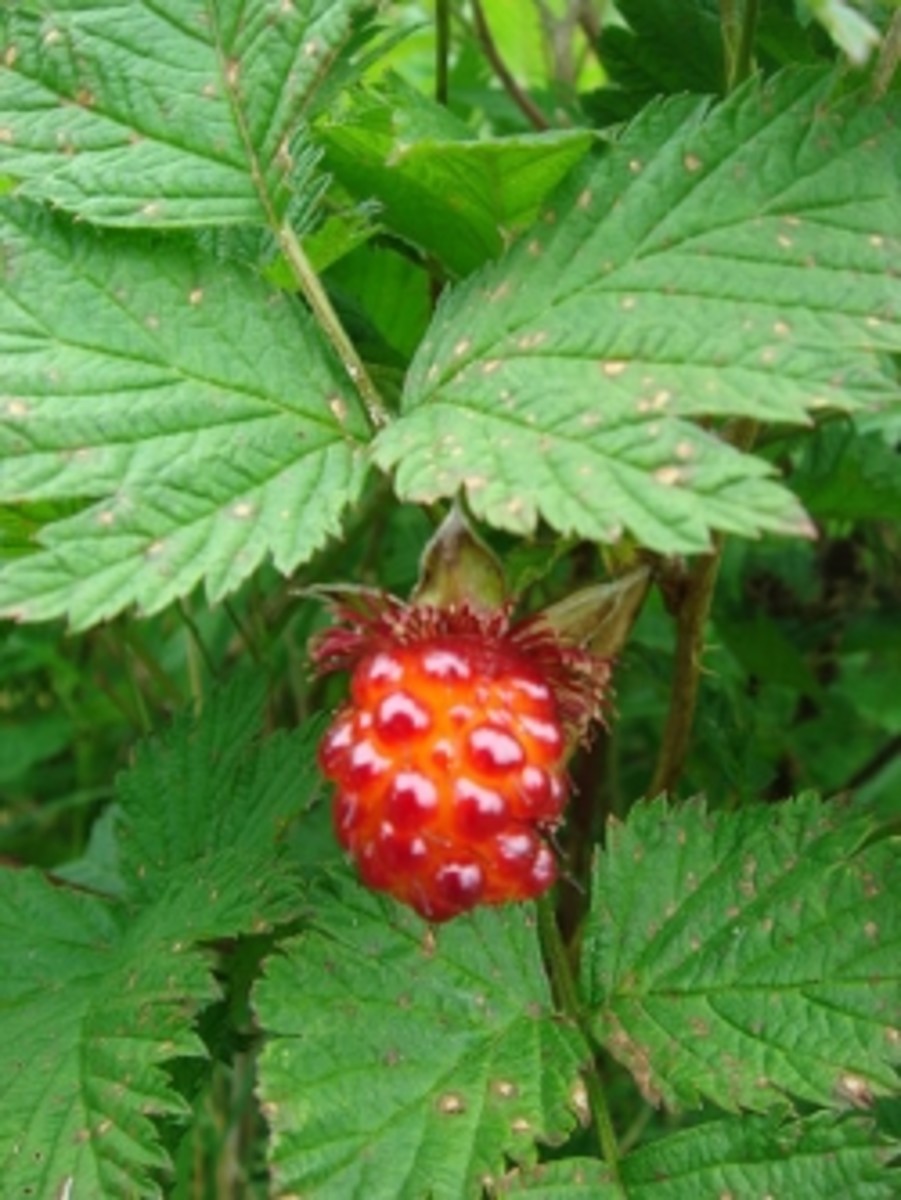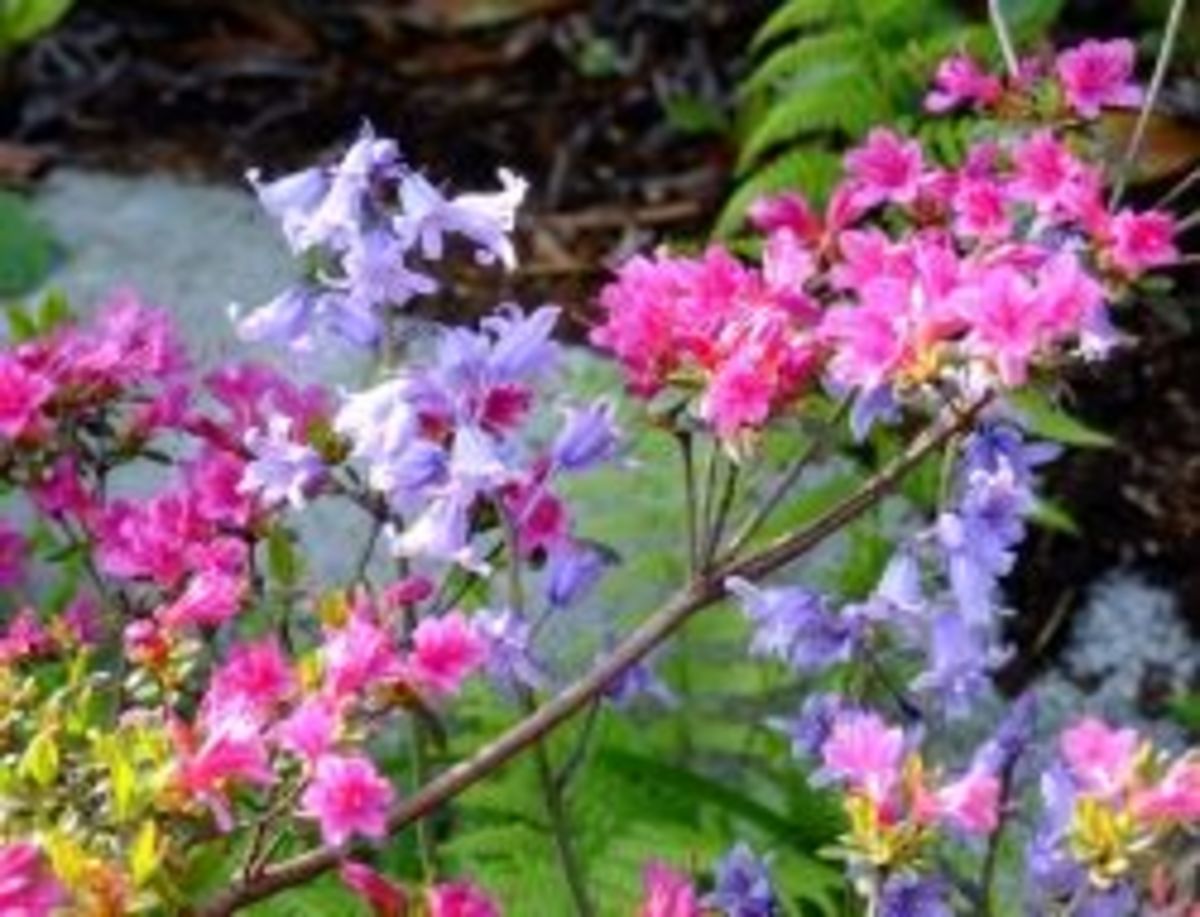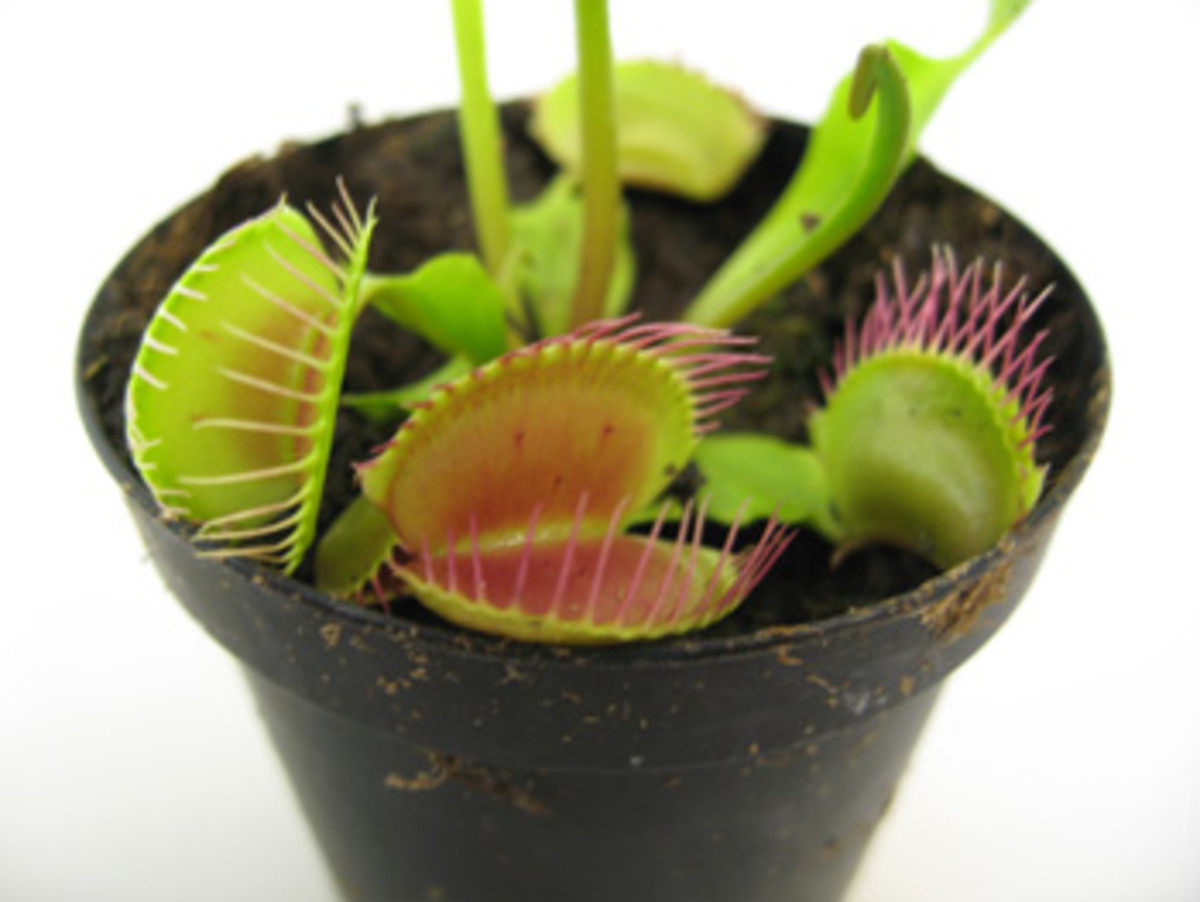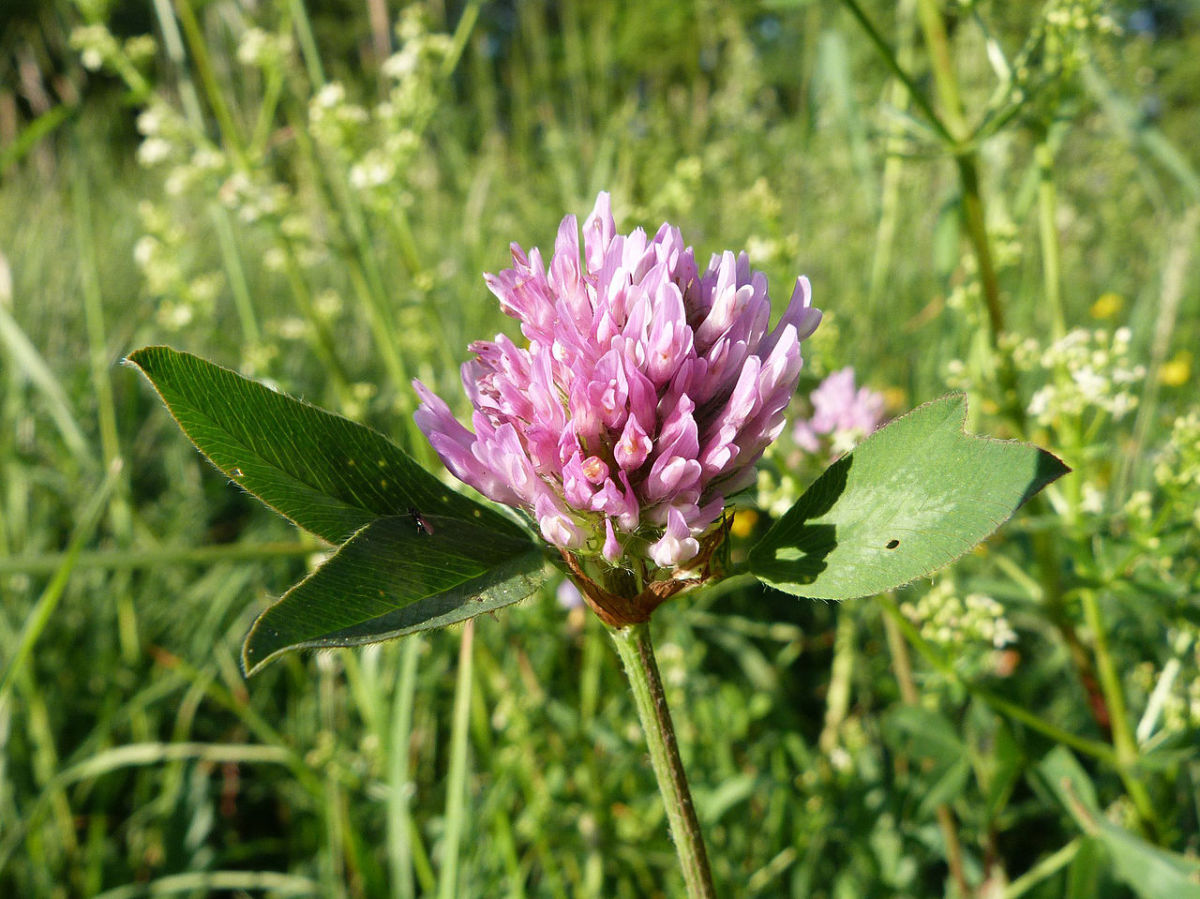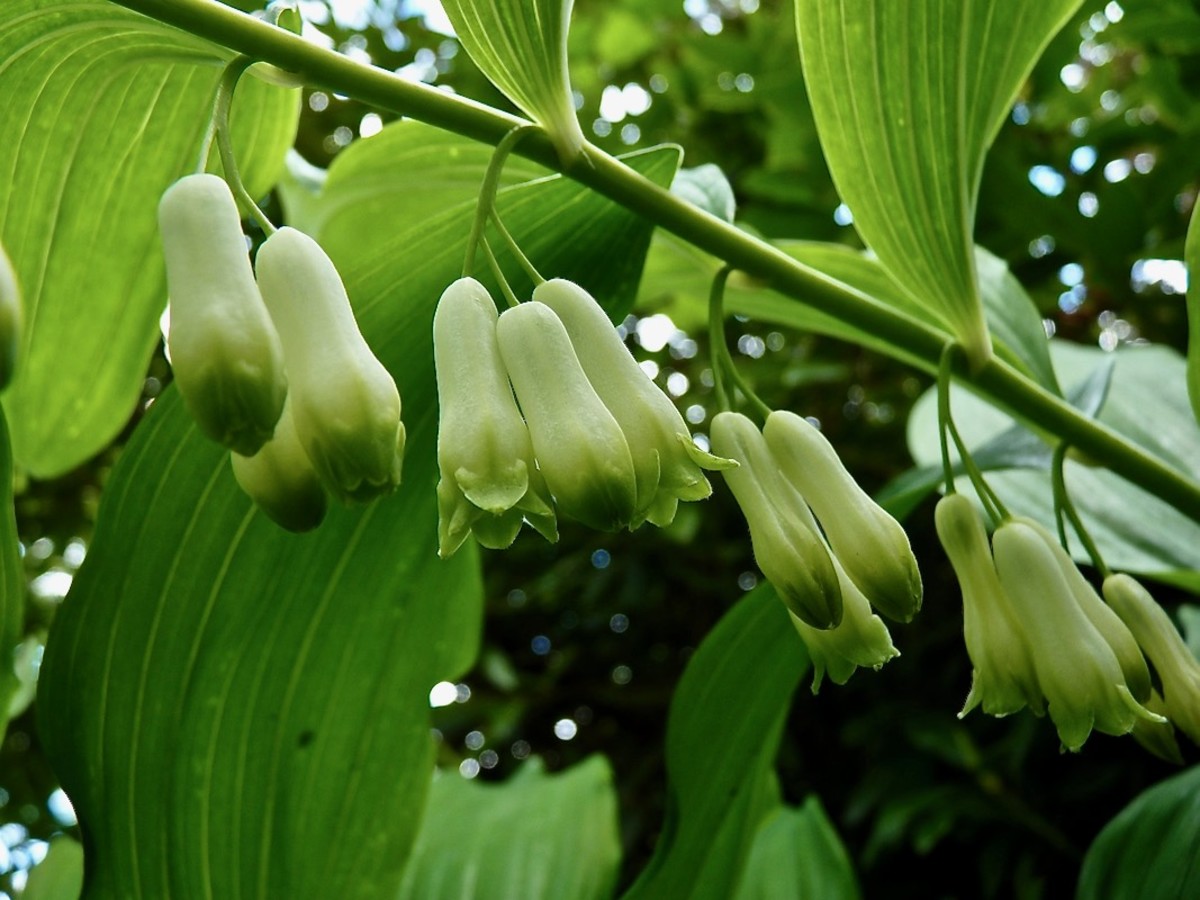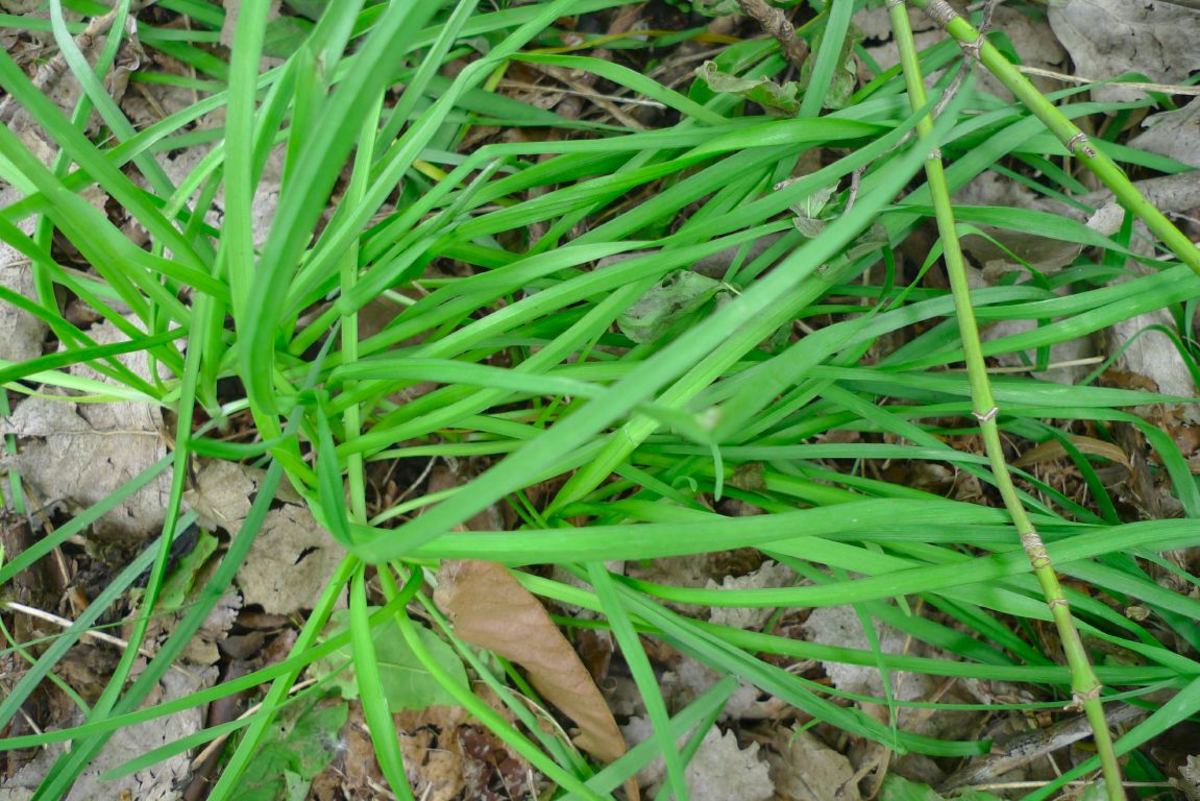More Pacific Coastal Wildflowers
There's great diversity in the many landscapes and climates that encompass the Pacific Coast of the North American Continent. Perhaps nowhere else, does a region span so many miles and such a great varying in terms of temperature, soil, and plant life.
Previously, in Flowers of the Pacific Coast - An Introduction, I touched upon just a few of the wildflowers to be found.
Here are some more of my favorite Pacific Coast wildflowers!

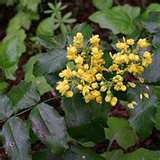
Oregon Grape, Sometimes Called The Western Holly
Two kinds of Oregon Grape are familiar in western Washington, Oregon, and British Columbia. Both are shrubs with yellow wood and long evergreen leaves consisting of several pairs of spiny leathery leaflets with an odd leaflet at the end.
Both bear long clusters of yellow flowers in the spring, and in the late summer produce black or bluish berries with a whitish coating on them.
The two are readily distinguished by the height of their stems and the character of their leaflets.
The one called the Dull Oregon Grape, has very short stems, so that its leaves seem to come almost from the surface of the soil. Its leaflets are dull green in color, somewhat spiny, and their nerves come from the midrib in a somewhat feather-like arrangement. This one is sometimes called the Western Holly.
The dull one is very common in open coniferous woods, while the tall one is less abundant and is usually found in gravelly or rocky places. The underground stems of both are an official drug, but the market for the drug is not large.
The fruit of the dull one was often used for jelly in the past. Both belong to the Barberry plant family.
Growing Oregon Grape Holly
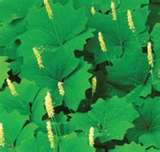
Sweet-After-Death
Another member of the Barberry plant family, this is a delicate herb, called Sweet-After-Death, appearing in early spring in open woods in the coastal regions from British Columbia to northern California.
It has an underground stem from which grows a single leaf about a foot high with three fan-shaped leaflets at its top, and an erect stem of about the same height with numerous small white plowers crowded close together at its top.
The plant is fragrant when it dries, its odor being somewhat vanilla-like.
It belongs to the the same plant family (Barberry) as the Oregon Grapes, though its general appearance is very different. The similarity to the Oregon Grapes lies in certain botanical characters of its flowers.
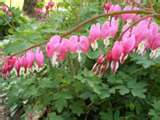
The Bleeding Heart And Its Cultivated Relative
The Bleeding Heart, is a low smooth delicate herb with pink or rose-colored flowers, common in moist woods from British Columbia to California in the coastal regions.
Its stems and leaves grow from perennial underground parts.
The flowers are borne loosely along the upper portion of the stem.
The leaves are divided into many narrow lobes. This plant belong to the Poppy plant family and is closely related to the cultivated Bleeding Heart and also to the Dutchman's Breeches, common in the northern United States and portions of southern Canada.
Caring For Bleeding Hearts
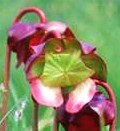
The Pitcher Plant Which Eats Insects
The Pitcher Plant is an herb which is very common in the marshes and sphagnum bogs of southwestern Oregon and northern California.
The plant has a slender brittle stem from one to three feet tall, with a few small leaves scattered along it and a single large brownish flower at its top.
The "pitcher" leaves come from the part of the plant that is embedded in the moss or other vegetation.
The leaf is a foot or more in height, and consists of a tube enlarging gradually from the base to the top, which is covered with a translucent mottled hood, having a slender projection at each side.
There are reddish lines extending down the body off the leaf from the hood.
The remains of insects are commonly found in the base of the tube inside the leaf, and it seems that the leaf uses the insects for food.
The whole leaf presents a somewhat bizarre appearance and looking like a sort of fairy puzzle, must excite the curiosity of an insect if it has any. This plant belongs to the Pitcher plant family, but differs somewhat in form of its leaves from the Pitcher Plants found in the bogs of the eastern United States.
Pitcher Plants
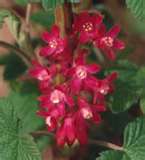
The Red-Flowered Currant, A Showy Western Shrub
The Red-flowered Currant is a very showy shrub from three to nine feet tall, bearing numerous red flowers in early spring.
It is common in open woods from British Columbia to California in the coastal regions.
It is easy to transplant and is commonly seen in yards and parks.
The fruit is a black, slightly hairy berry covered with a whitish powder, and is not attractive as food.
The plant is very ornamental for a short time in the spring when in flower, but is very ordinary looking in the summer when it is in fruit. It belongs to the Gooseberry plant family.
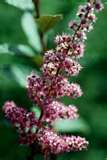
Hard-Hack
The Hard-Hack is a shrub four or five feet tall forming dense thickets in swamps and on lake margins. In midsummer, it is conspicuous and attractive because of the dense masses of rose-colored flowers along the summit of the stem above the leaves.
In late summer, however, the bright color of the flowers gives way to the dull brown of the small pod-like fruit and the plant becomes less conspicuous.
This shrub is common in the coastal regions from British Columbia to Oregon.
The first specimens of it were collected by David Douglas, a Scottish botanist who collected plants in this region at various times from 1824 to 1832.

David Douglas - Botanist
There are several botanists and naturalists of note, that many of us should be aware of -- one of them was David Douglas. He was born in 1799 and although he only lived a brief thirty five years, his efforts as an explorer and botanist left behind a legacy of firsts. The Douglas Fir tree is in part named after him.
His primary focus was in the discovery of pine trees and oak trees, and in the process discovered hundred of other plants. He died in 1834 while exploring in Hawaii under mysterious and unsolved circumstances -- a long way from his native Scotland.
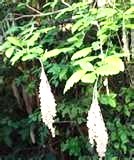
Ocean Spray
Ocean Spray is a commonly found in open woods tall shrub with large masses of white or yellowish flowers.
It reaches a height of from six to fifteen feet and is very common, especially on banks and rocky places. It is an unusually attractive plant for a short time in summer, but when its flowering season has passed it is much less beautiful.
This plant has very hard wood, and is said to have been used by the Native Americans for arrows.
The leaves are simple and are not evergreen. The plant was first collected in 1806 by Lewis, of the famous Lewis and Clark Expedition.
If You'd Like To Know More!
- Ocean Spray Bush Pictures
View pictures of Ocean Spray, also known as Creambush or Holodiscus discolor, growing in a semi-arid habitat of Eastern Washington. - Red Flowered Currant
Wildscaping.com - supporting California native plants for wildlife. Information, nursery, photography, and more! - Sweet After Death Plant
- WHO KILLED DAVID DOUGLAS?
In 1832, David Douglas, a respected Scottish botanist, was found dead in a pit dug to trap wild bullocks at Kaluakauka, in the ahupua'a (land division) of Laupahoehoe. His clothes were torn, his body mangled and ten gashes marked his head.

